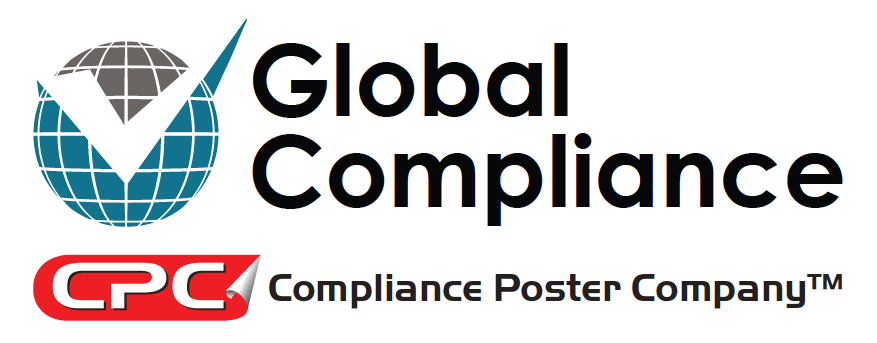Workers in jobs provided by labor suppliers face greater risks of workplace illness, injury, and death. In California, temporary workers are 50 percent more likely to suffer an injury on the job than permanent workers in similar jobs. To help protect temp workers from hazards in the workplace, Cal/OSHA has a new fact sheet explaining the safety and health responsibilities of “primary” and “host” employers.
Employer Responsibility
A “primary” employer refers to a temporary (temp) agency or professional employer organization (PEO) employer. Both the primary employer and the host employer must protect temp employees from workplace hazards and comply with Cal/OSHA regulations. Specifically, primary employers in California must do the following:
- take reasonable steps to evaluate conditions at the host employer’s worksite, ensure employees are covered by an effective Injury and Illness Prevention Program (IIPP), and ensure that safety programs required by Cal/OSHA regulations, the work environment and the type of work being performed are in place;
- train their employees to perform their jobs safety and inform the employees that they may refuse dangerous work; and
- in cases where the primary employer exercises day-to-day supervision over the employees, the primary employer is responsible for illness and injury records.
Host employers must do the following:
- implement safety programs required by Cal/OSHA regulations and the nature of the work;
- provide site-specific training appropriate to the employees’ particular tasks and working conditions; and
- in cases where the host employer has full supervisory control over employees, the host employer is responsible for maintaining injury and illness records.
Safe Work Practices
Cal/OSHA recommends that a primary employer and host employer work together to identify workplace hazards and ensure appropriate controls are in place, provide training and personal protective equipment, assign illness and injury recordkeeping obligations, investigate accidents and ensure corrective action, and regularly monitor employees’ safety and health.

